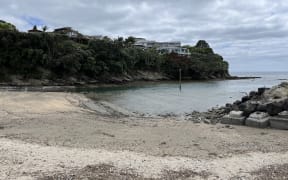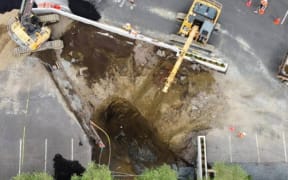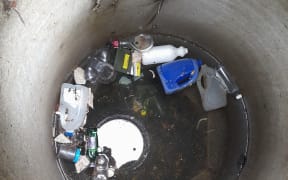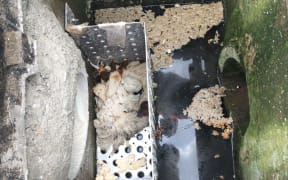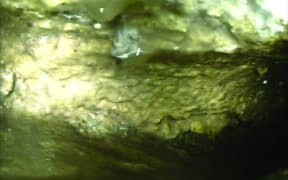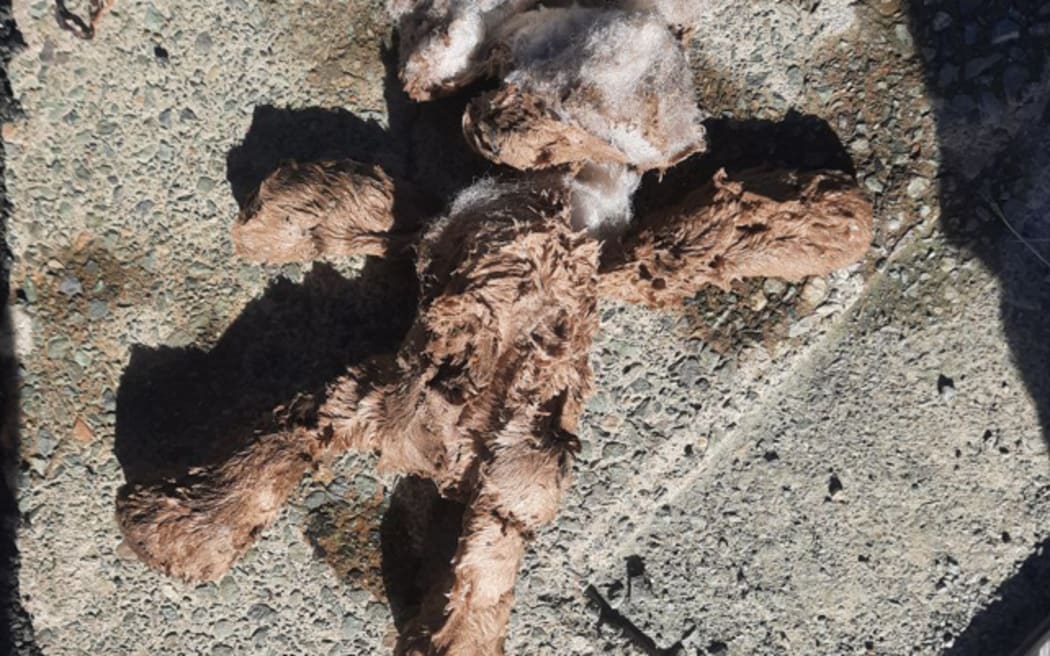
A flushed teddy bear is just one of dozens of items that shouldn't be flushed that contractors have pulled out of the region's wastewater this year. Photo: Supplied / Tasman District Council.
Cellphones, concrete, teddy bears, and false teeth are among the items that Nelson Tasman residents flushed down the toilet this year.
There have been at least 125 wastewater pump station blockages in Tasman this year, costing ratepayers more than $39,000 to clear.
Every blockage was caused by items that shouldn't be flushed down the toilet.
This included jeans, towels, t-shirts, socks, cellphones, mop heads, timber, lumps of concrete, rocks, plastic, cable ties, string, wire, sanitary products, and a teddy bear.
But the most common blockers of the pumps were disposable wipes.
Once blocked, the pumps must be craned out, pulled apart, cleared, reassembled, and then reinstalled.
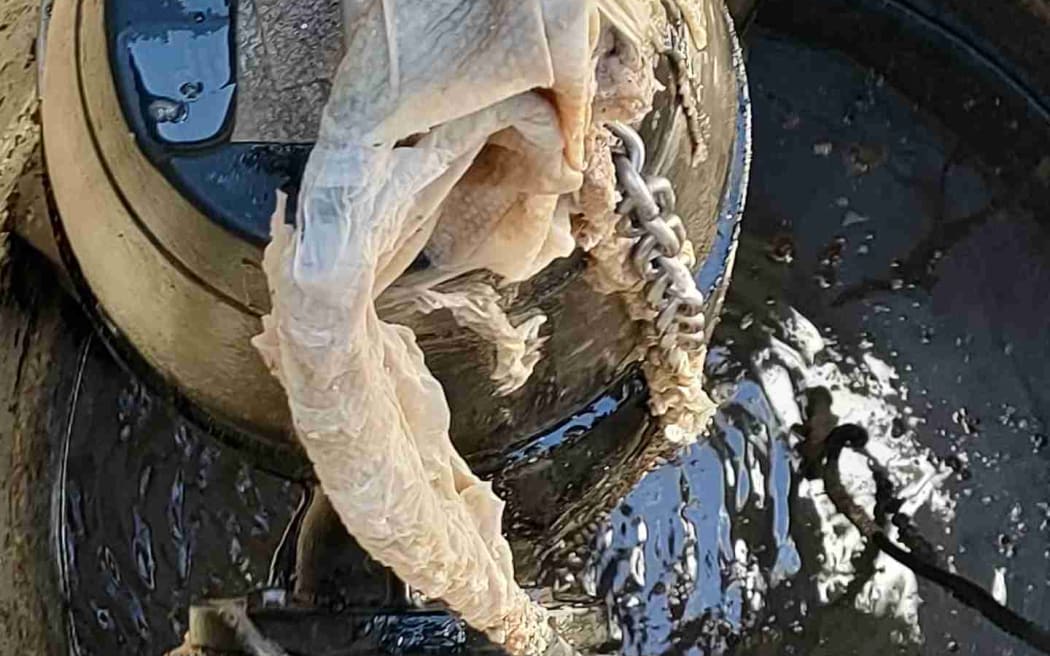
The Jenkins pump station in Riwaka, which serves only 50 properties, has caused one third of Tasman's pump station blockages this year - primarily from flushed wet wipes. Photo: Supplied / Tasman District Council.
About one third of Tasman's pump station blockages, 40, have occurred at the Jenkins pump station in Riwaka which only services about 50 properties.

In contrast, the Brightwater Main pump station, which serves both the towns of Brightwater and Wakefield, had the next highest number of blockages at 18.
In third place is the Puketutu pump station, which covers large portions of Motueka, with 15 blockages.
Tasman District Council has also historically had problems with clothing frequently blocking the Aranui-Higgs pump station in Māpua.
In most cases, letter drops bring about a sharp decline in the number of blockages in the region's pump stations, except for one.
"Jenkins pump station catchment is the only catchment where publicity and letter drops have not worked long term," said council's waters and waste manager Mike Schruer.
A letter drop to the Riwaka properties serviced by the station in December 2022 only stopped blockages for about three months.
Flushing items that shouldn't be flushed has the potential to damage the pumps, in addition to blocking them.
Recently, a piece of timber too large for a typical private drain got stuck in the Goodman pump station, the largest in Tasman's wastewater network.
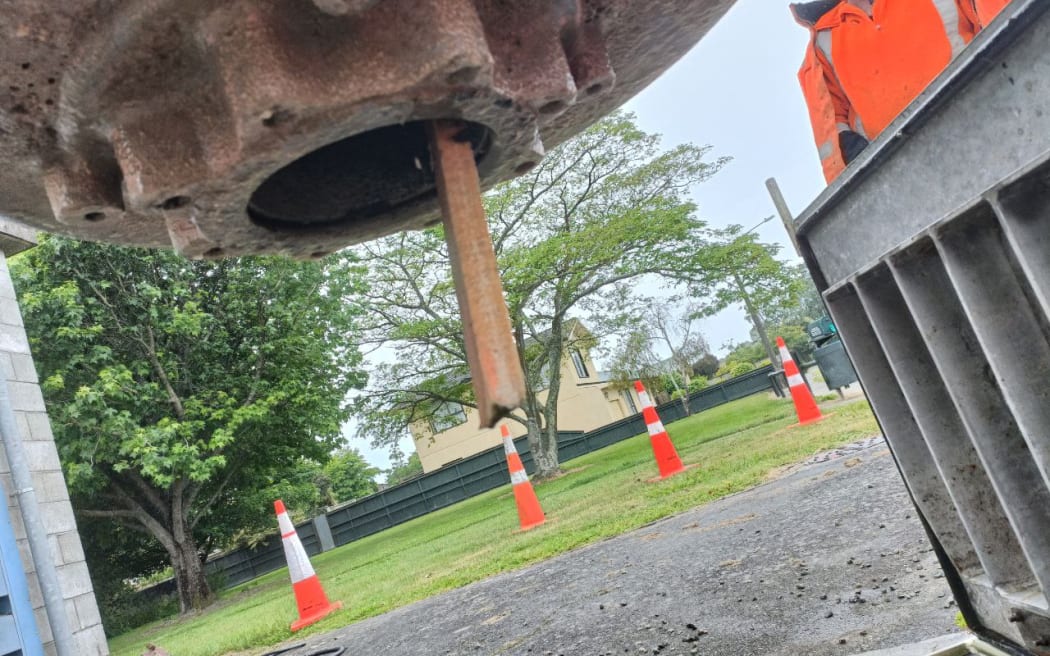
Somehow, a large piece of timber ended up in Tasman's wastewater network. Other construction material, like concrete and wire, has also been flushed. Photo: Supplied / Tasman District Council.
The Goodman station's two pumps serve 95 percent of Motueka.
"It is critical both pumps are operational, especially during wet weather," Schruer said.
"We don't think the pump was damaged in this instance, but if it was, it would cost thousands of dollars to repair."
Nelson also experiences its own problems in its wastewater network with 104 blockages recorded over the 2022/23 financial year.
Fourteen were pump station blockages and 90 were reticulation blockages, costing an average of $1960 and $1450 to clear respectively.
Cumulatively, that adds up to almost $158,000 over the 2022/23 financial year.
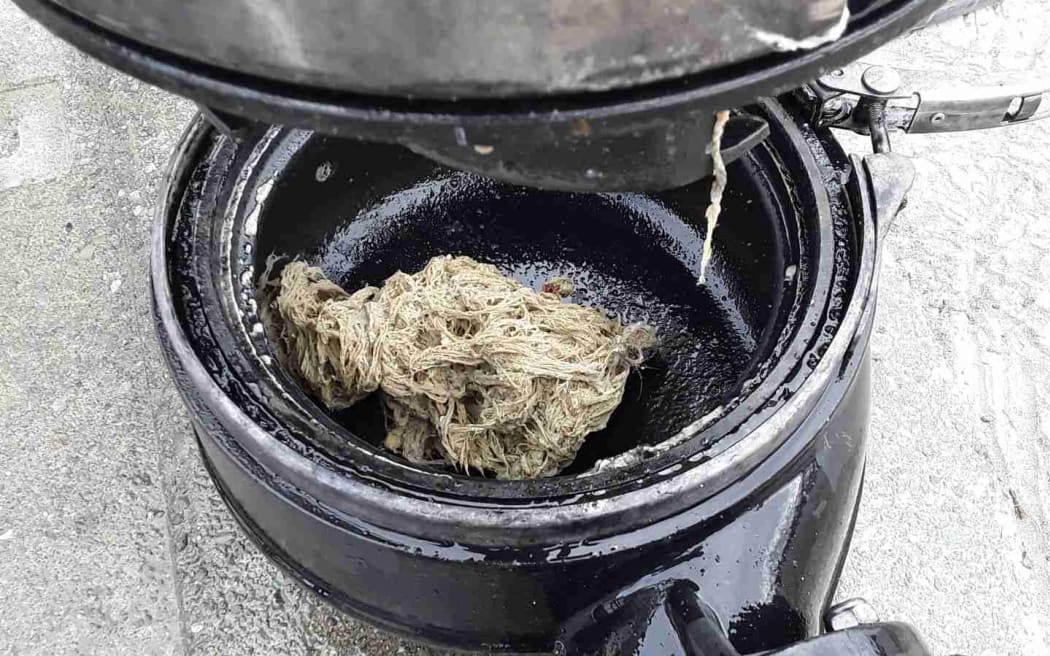
Clearing blockages, including one caused by a mop head, cost Tasman ratepayers at least $39,000 this year. Photo: Supplied / Tasman District Council.
The smaller pumps across the city's network cost between $300 and $3000 to clear, but if a blockage causes an overflow, the response costs can exceed $50,000.
In addition to the somewhat common wipes and items of clothing, Nelson's contractors found false teeth, plastic toys, animal entrails, and "expired" pet fish that had been flushed down the loo.
"When it comes to what should go down the toilet, it's best to keep the three Ps in mind: poop, pee and paper," said Nelson City Council's group manager infrastructure, Alec Louverdis.
But none of Nelson City Council's 28 pump stations are as prone to blockages as the stations managed by the Nelson Regional Sewerage Business Unit (NRSBU).
The NRSBU serves Stoke and Tāhunanui in Nelson, but also Richmond, Brightwater, Wakefield, and Māpua in Tasman, through five pump stations and the wastewater treatment plant on Bell Island.
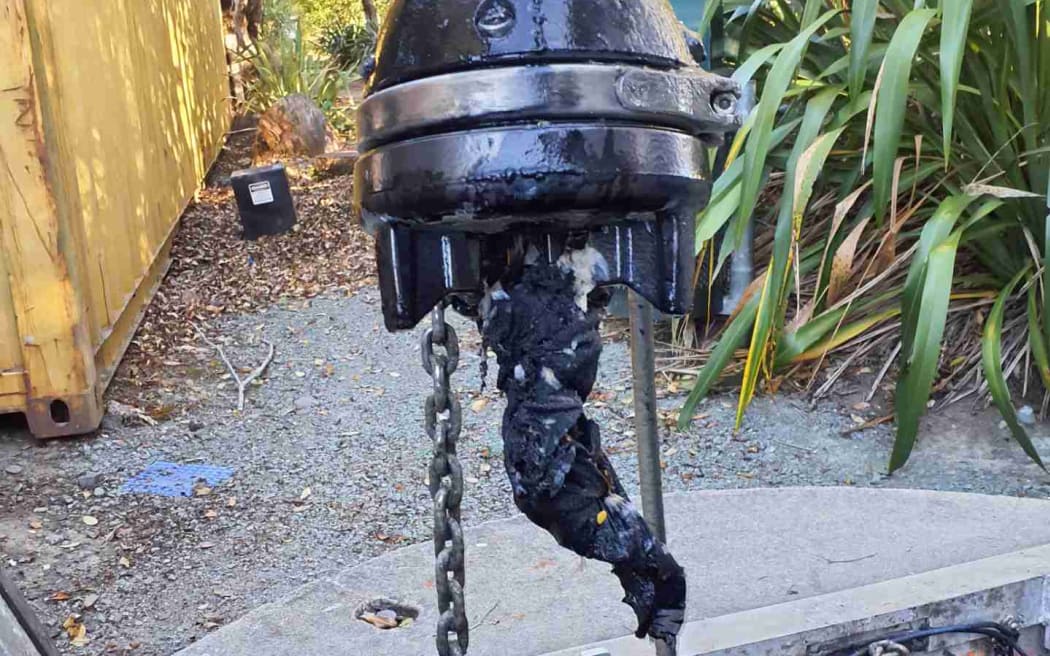
Wet wipes and clothing are some of the most common culprits of pump station blockages which cost Nelson ratepayers $160,000 in the 2022/23 financial year. Photo: Supplied / Tasman District Council.
Two of the business unit's pump stations - those on Beach Road in Richmond and Songer Street in Stoke - are blocked at least once a month, often by wet wipes, underwear, and sanitary products 'ragging up' the pumps.
On those occasions, the pumps need to be lifted and cleaned, which costs the NRSBU a minimum of $1000 per instance.
About $12,500 has been spent in the 2022/23 financial year clearing just the NRSBU's blockages.
Screening - separating solids from the wastewater - at the Bell Island treatment plant also costs about $4000 a month.
In November, business unit manager Nathan Clarke told councillors from Nelson and Tasman that the screens had caught "panty shields and rag and condoms and… someone's false teeth that all come down the sewer".
Local Democracy Reporting is Public Interest Journalism funded through NZ On Air
